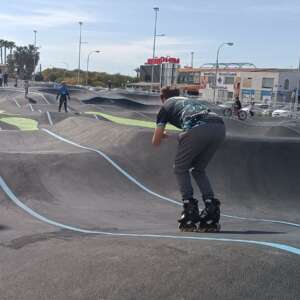
Oncde again, all this week, and through the weekend, an intensified campaign is running focussing on one of the areas of the Spanish road network where more fatalities and serious injuries take place, conventional roads.

In 2015, there were 23,729 injury incidents on conventional roads, in which 971 people lost their lives, almost 3 people for every day of the year, a figure which saw 14 more people die than the year before. In addition to the deaths, 3,780 people were injured to such a degree that they required hospital attention. Sadly, this figure isn’t declining, but has seen an increase according to the more recent data which is being collated.
As a result, the DGT looks at these roads with a watchful eye, hoping to educate drivers of the risks associated with these roads, and how driving attitude must change in order to reduce the number of incidents.
During the week-long campaign, which runs through to Sunday, officers from the Guardia Civil traffic department, supported by colleagues from the local and regional police, will be monitoring the road network, paying close attention to three of the most common contributing factors to road traffic incidents.
The campaign will focus specifically on inappropriate or excessive speed, consumption of alcohol and drugs, and distractions such as using a mobile phone. In addition, the officers will be monitoring for incorrect overtaking, driving too close, the wearing of seat belts, child restraint systems and crash helmets, and that the driver´s and vehicle´s documentation are correct and valid.
In addition to an increase in roadside checks, the DGT´s helicopters will be in the air monitoring traffic, including those fitted with the Pegasus detection equipment, capable of monitoring speed, incorrect driving practices and the wearing of safety systems, all from a distance far beyond detection by the driver, and the new drones will also take to the sky to keep a watchful eye. The DGT has once again given fully equipped traffic monitoring vehicles to some local police forces, including Torrevieja, allowing for local police to be better equipped to monitor the roads under their jurisdiction.

Of the 165,000 kilometres of major roads, some 149,500 kilometres are on sections classed as conventional. They pose a significant risk for a number of reasons including hills and bends, the necessity to invade the opposite on-coming lane in order to overtake, and junctions which pose a major risk when traffic joins or leaves the main carriageway.
Some of the most dangerous sections of roads have been identified by the DGT and carry additional warnings, many of the most dangerous sections are already focussed on by patrols, in addition to this intensified campaign.













